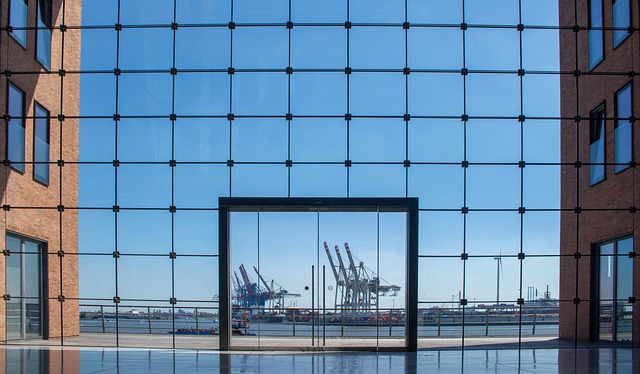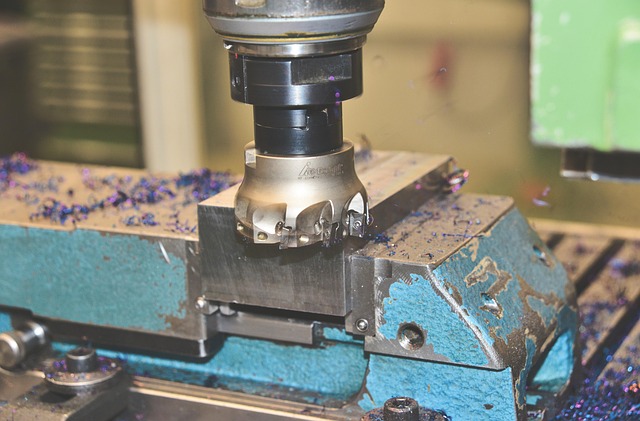Manufacturing facilities require tailored real estate solutions due to diverse operational needs, including specific floor space, storage areas, and machinery accommodations. Safety protocols and frequent changes necessitate flexible layouts. Real estate professionals play a crucial role in matching businesses with suitable locations, considering infrastructure, utility access, and transportation proximity to reduce logistical costs and improve supply chain efficiency. Key considerations for securing specialized manufacturing spaces include expansive floors, customizable layouts, high ceilings, and flexible lease terms. Strategically choosing locations with access to transportation networks can optimize production efficiency.
Manufacturing facilities play a vital role in today’s economy, demanding specialized features and spaces that cater to their unique needs. From heavy industrial equipment to intricate production processes, understanding these requirements is crucial for efficient operations. This article explores the key real estate considerations essential for designing and acquiring spaces tailored to specific manufacturing needs, ensuring optimal productivity and competitiveness in the market.
Understanding the Unique Needs of Manufacturing Facilities

Manufacturing facilities are not one-size-fits-all operations, and their real estate requirements reflect this diversity. Each manufacturing process has unique demands, from floor space dedicated to assembly lines to specialized storage areas for raw materials or finished goods. The layout of a facility must accommodate machinery, worker accessibility, and safety protocols, often in a dynamic environment where changes are frequent.
Understanding these specific needs is vital when considering the acquisition or development of manufacturing spaces. Real estate professionals play a crucial role in matching businesses with suitable locations, ensuring that facilities are designed or leased to meet the operational requirements of manufacturers. This involves not just physical dimensions but also considerations like infrastructure, utility access, and proximity to transportation networks.
Key Real Estate Considerations for Specialized Manufacturing Spaces

When considering real estate for specialized manufacturing spaces, location tops the list of key factors. Proximity to raw materials, skilled labor pools, and transportation networks is vital for efficient operations. Factories situated strategically can reduce logistical costs, enhance supply chain management, and ensure timely delivery of goods. For instance, industries requiring specific minerals or agricultural produce benefit from being near extraction sites or farming regions.
Furthermore, the real estate market should offer space for expansive floors, high ceilings, and specialized infrastructure. Manufacturing facilities often demand custom layouts to accommodate large machinery, assembly lines, and storage. Flexible lease terms and options for future expansion are also advantageous, as these allow businesses to adapt to changing production needs and technology updates in their specialized manufacturing spaces.
Designing and Acquiring Spaces to Meet Specific Manufacturing Requirements

When designing and acquiring spaces for manufacturing facilities, it’s paramount to consider the specific requirements of the intended production processes. This involves a meticulous evaluation of factors like floor space allocation, height clearance for machinery, and utility needs—such as power, water, and gas—to ensure seamless integration of equipment. The real estate aspect becomes crucial here, as securing properties with adaptable layouts that can accommodate specialized machinery and workflow patterns is essential for efficient manufacturing operations.
Additionally, access to transportation networks like highways or rail systems should be taken into account to facilitate the movement of raw materials, finished goods, and components. Strategically choosing locations near logistics hubs or within industrial parks can streamline supply chain management, reduce delivery times, and optimize overall production efficiency.






